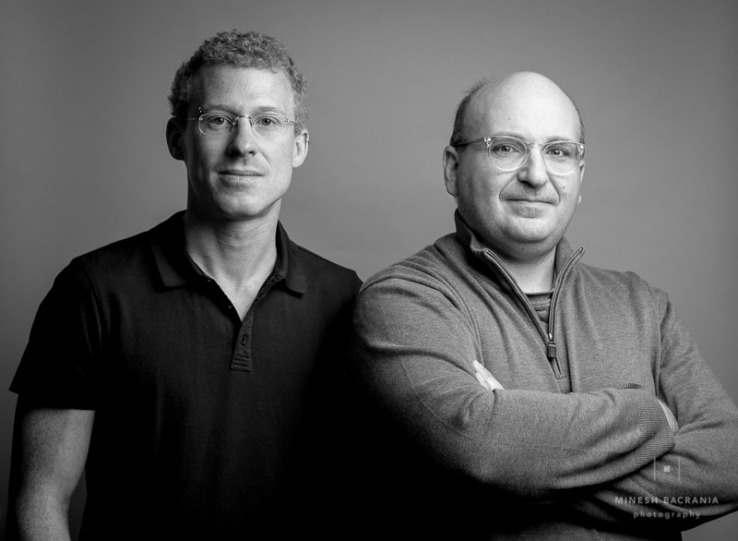Descartes Labs Emerges With $5M to Improve Data for Farmers

Mark Johnson, left, co-founder and CEO; and Steven Brumby, co-founder and CTO of Descartes Labs.
Contact
- Descartes Labs
Images of the earth are being gathered by a growing flock of planes, satellites and drones, and they are full of useful information for those who are able to see it.
Finding it and understanding it is hard though, and Descartes Labs Inc. has emerged with $5 million for artificial intelligence technology to help solve the problem.
The technology, which teaches computers to identify specific information and then find patterns across images by analyzing enormous numbers of pixels—2.8 quadrillion, according to Chief Executive Mark Johnson–was developed at Los Alamos National Laboratory in New Mexico over a period of more than seven years, with help from more than $15 million in research funds.
Mr. Johnson, a co-founder, arrived in Silicon Valley in 1996 to study philosophy at Stanford University and went on to work at a series of search engine companies. He said he heard about the technology from a friend when he was between companies and looking for something to do.
Several Los Alamos scientists wanted to start a company and were looking for someone with experience in Silicon Valley, Mr. Johnson said. After studying the technology for a few months, they decided to focus on satellite imagery, based in part on the historical record of images NASA has collected, and apply it to agriculture.
Descartes Labs’ funding, a Series A, was led by Cultivian Sandbox Ventures, an agricultural investor that is based in Chicago.
One reason satellite imagery can be hard to read is that it has spectral bands that are beyond the human visual range, Mr. Johnson said, and “in real time, nobody knows how much corn is growing on the planet.” One way the technology figures this out is by looking at light as it changes over the seasons, he said. “We’re doing all this without seeing an ear of corn.”
Originally published in the Wall Street Journal.





